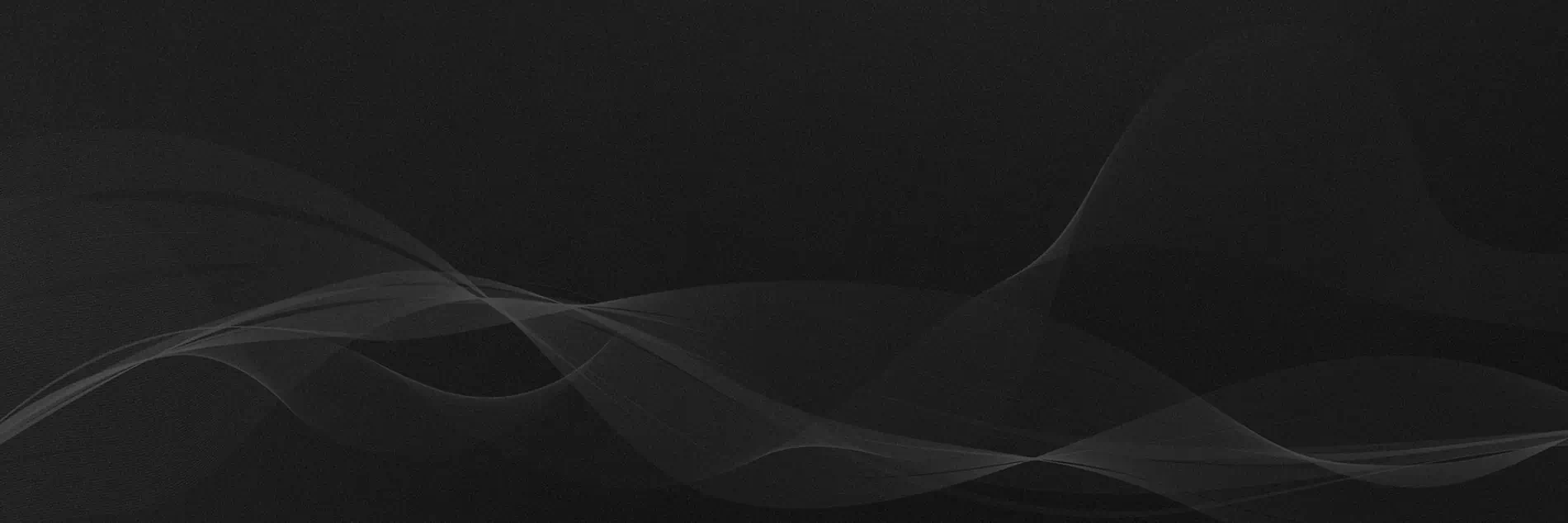Wind Directional Chimney Caps: Optimize Your Fireplace Drafting
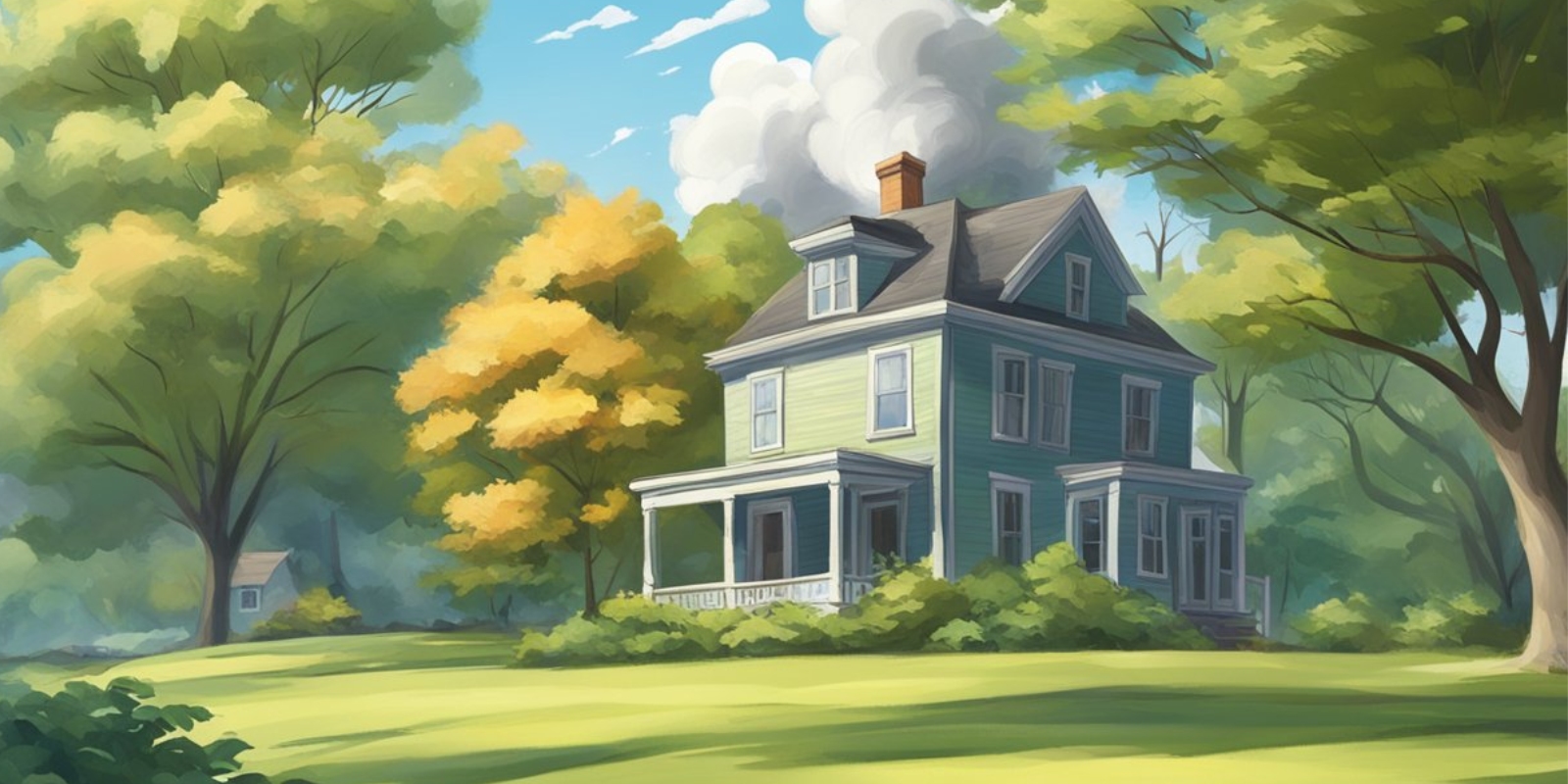
Introduction
Chimney caps are a vital component in maintaining the functionality and safety of a chimney, but standard models may be insufficient in areas prone to strong winds. Wind directional chimney caps step in to address this problem. These specialized caps are designed to pivot or adjust according to the wind direction, creating an improved updraft and significantly reducing issues such as downdrafts and back puffs that can cause smoke to enter the home. They are particularly useful in windy climates where standard chimney caps don’t provide adequate protection against the elements.
Constructed from various materials and available in multiple designs, wind directional chimney caps not only increase the efficiency of a chimney’s ventilation but also help prevent debris, rain, and animals from entering the chimney. Installation typically requires professional expertise to ensure that the cap is fitted correctly and functions as intended. Regular maintenance is essential to maintain their effectiveness over time. Additionally, many models come with features that further enhance their use, such as bird guards or special coatings, and are often backed by warranty programs.
Key Takeaways
- Wind directional chimney caps prevent downdrafts in windy conditions.
- These caps are made from various materials and may include additional protective features.
- Proper installation and regular upkeep are crucial for optimal performance and longevity.
Understanding Wind Directional Chimney Caps
Wind directional chimney caps are specifically designed to optimize chimney performance in windy areas. They work to increase draft efficiency and prevent issues such as downdrafts and backdrafts that can affect air movement and overall fireplace function.
Principles of Operation
Wind directional chimney caps operate on the principle that wind can be harnessed to enhance the updraft of a chimney. These caps are engineered to pivot according to the wind direction, which allows them to direct air flow away from the chimney opening. As the wind blows across the cap, it creates a suction effect, known as the Bernoulli effect, which increases the velocity of air and smoke moving up and out of the chimney, subsequently improving draft efficiency.
Wind Direction and Downdrafts
Downdrafts can become a problem in areas with strong and frequent winds, leading to backdrafts and smoke spillage into the home. The purpose of a wind directional chimney cap is to minimize the impact of wind direction on chimney air movement. By rotating and aligning with the wind, these caps ensure that the wind flow does not push down into the chimney, which would cause a downdraft and push smoke back into the living space.
Comparing Standard and Wind Directional Caps
Standard chimney caps are static, generally designed to keep out rain, debris, and animals, without special considerations for wind effects. In contrast, wind directional chimney caps provide extra functionality:
- Wind Resistance: Their design allows them to reduce the impact of heavy winds on chimney draft, preventing downdrafts.
These differences highlight why it is important for homes in windy regions to consider the installation of a wind directional chimney cap for maintaining an efficient and smoke-free fireplace.
Types and Materials
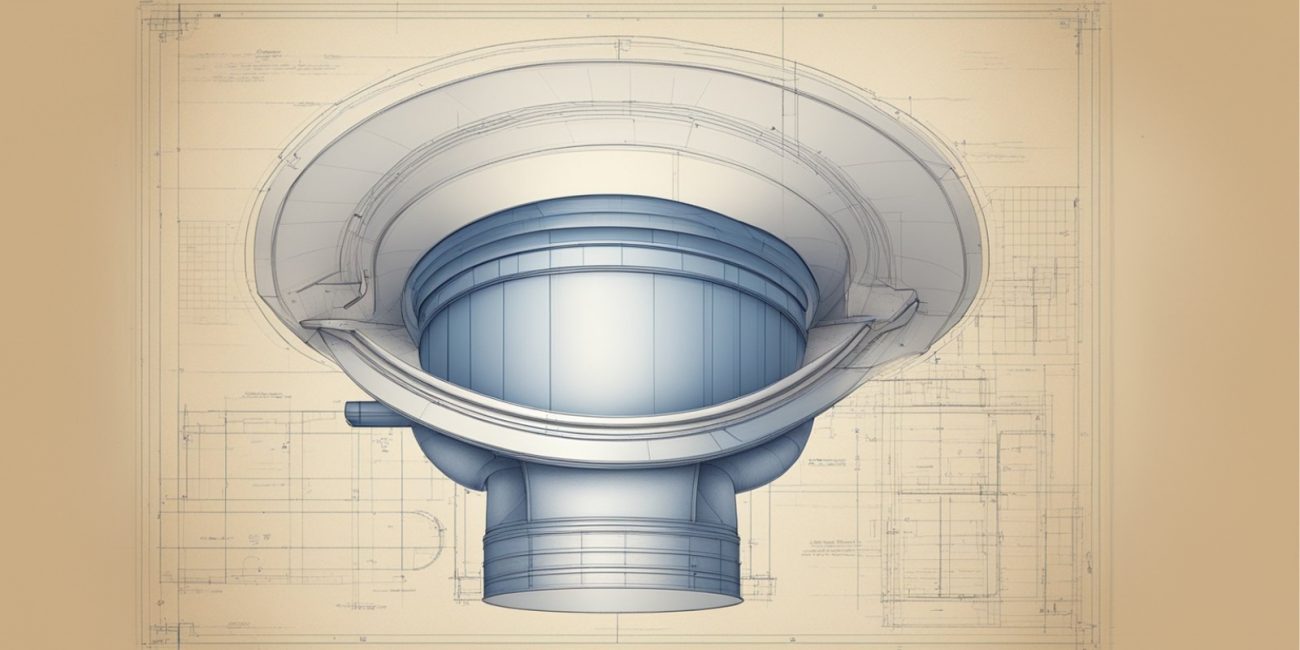
When selecting a wind directional chimney cap, understanding the difference between single, double, or triple wall caps and the materials they are made of is crucial for both performance and longevity.
Single Vs. Double/Triple Wall Caps
A single wall chimney caps are mean to be installed on a single wall round chimney pipe such as an insulated solid pack pipe. If a chimney pipe as a double or triple wall with an air space in between the layers of pipe, this type of chimney pipe is referred to as an air cooled pipe which requires an air cooled chimney cap.
Material Choices and Durability
The most common materials for wind directional chimney caps include stainless steel and galvanized metal. Stainless steel is highly regarded for its corrosion resistance and durability, making it an excellent choice for wind caps that endure harsh weather conditions. In contrast, galvanized options are cost-effective, though they may not perform as well in the long term due to potential for rust. For optimal durability, a wind cap should be not only quality constructed but also comprised of a durable material fit for the specific chimney type, whether it’s masonry or otherwise.
Installation Guide
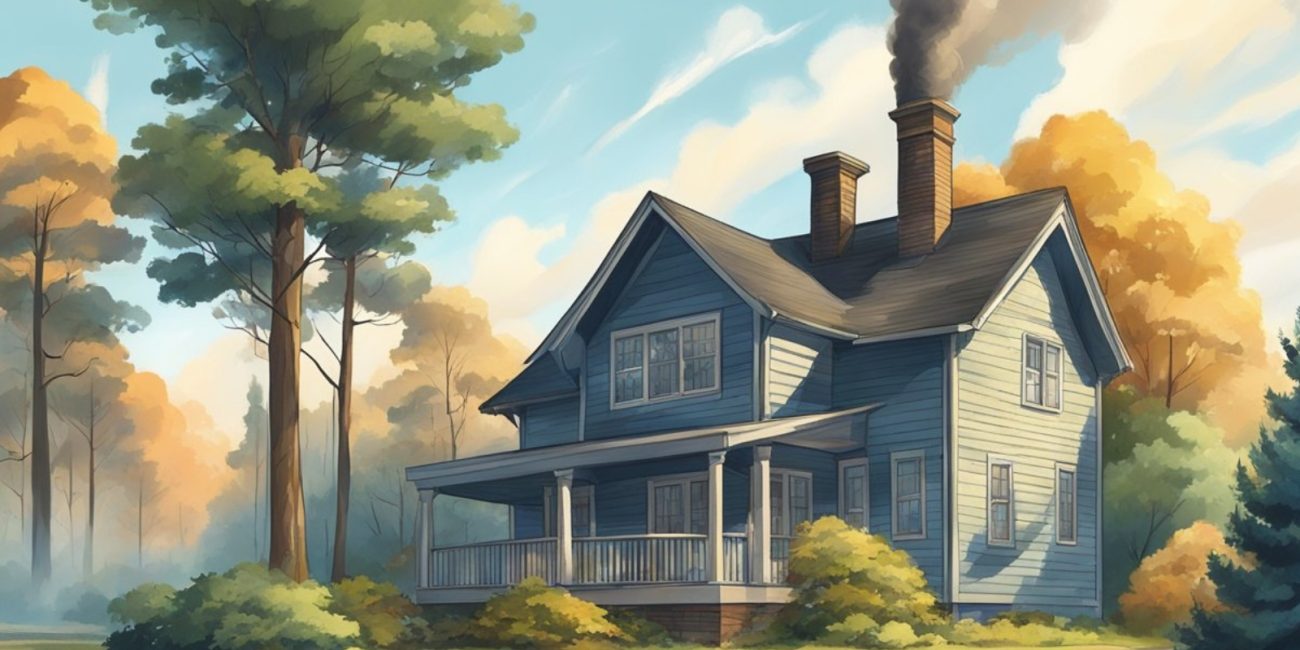
Installing a wind directional chimney cap can significantly reduce wind-induced downdrafts and improve fireplace function. Accurate measurement and secure mounting are crucial for optimal performance.
Measuring and Fitting
Before purchasing a wind directional chimney cap, one must take the correct measurements.
- If installing over a terracotta flue tile. You must measure the outside dimensions L X W to ensure that you order the correct cap
- If installing on a round chimney pipe, you must measure the very inner pipe and than determine if its an air cooled pipe, or non air cooled pipe
Mounting and Securing
The installation process either required securing the chimney cap via bolts to a terracotta flue tile or sliding a round cap down the interior chimney pipe.
Terracotta Flue Tile – There are 2 bolts per side. By snuggly tightening each bolts against the flue tile the chimney cap will stay secure by having all 4 sides tighten down.
Non air cooled chimney pipe – These caps require no bolts and are designed to just slide down inside the inner
Air Cooled Chimney Pipe – These chimney caps come with a band. These caps have 3 tabs that will go against the outer chimney pipe and will be secured by a metal band holding the cap into place
Maintenance and Upkeep
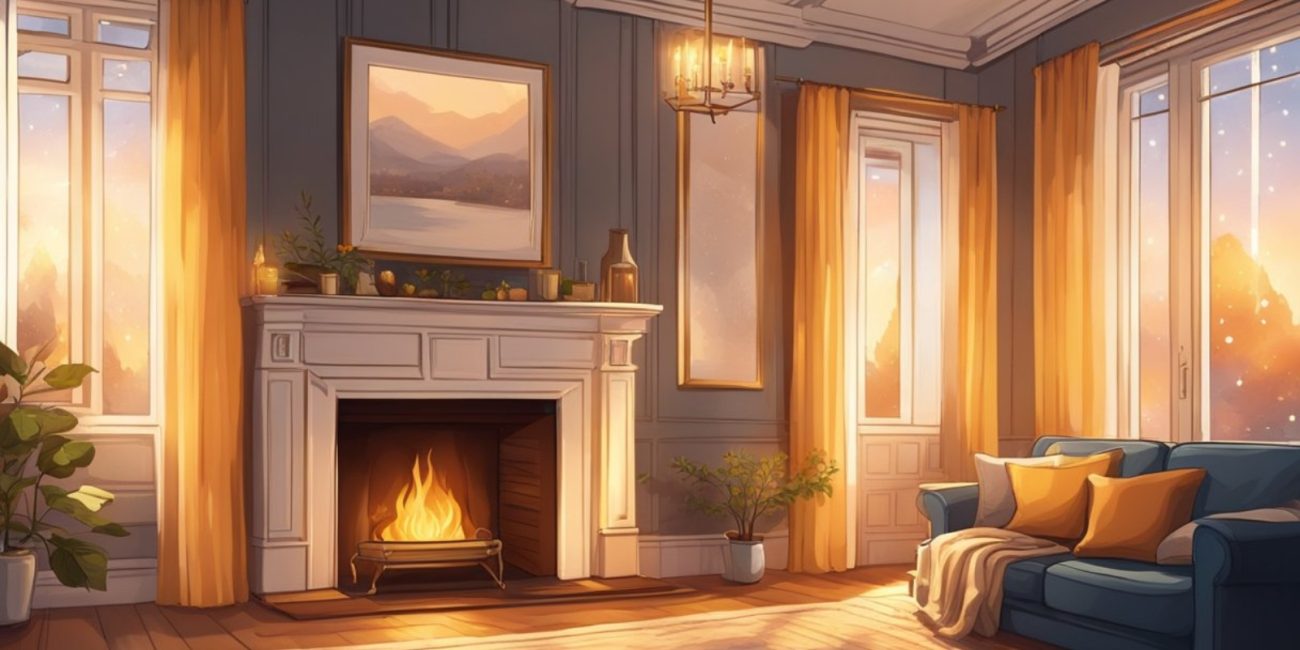
Proper maintenance and upkeep are essential for the longevity and functionality of wind directional chimney caps. These measures prevent common issues such as creosote buildup, blockage from debris, and damage from environmental factors like rain and ice.
Cleaning and Inspection
Cleaning: Wind Directional chimney caps should be cleaned yearly with your annual chimney sweep. Cleaning the cap will remove dangerous and flammable creosote. Cleaning the chimney cap only requires a chimney brush.
Inspection: At least once a year, a professional inspection is recommended to ensure the cap is not compromised by cracks, rust or product defects. Inspections may reveal if any damage has been to the cap from a falling tree branch or from animal interference such as building a nest.
Addressing Common Problems
- Debris Accumulation: Leaves, twigs, and other forms of debris can obstruct the airflow of a chimney cap. Cleaning these obstructions is critical for preventing ventilation issues and potential fire hazards.
- Weather-related Wear: Exposure to rain and ice can lead to rust or structural weakness. Maintenance should include checking for water damage and applying protective coatings as needed to guard against the elements.
- Animal Intrusion: Rodents and birds can cause blockages or damage to the cap. Installing mesh guards can prevent animals from entering the chimney.
- Product Defects: In some cases, chimney caps may have manufacturing defects. Regular maintenance includes ensuring that all parts are functioning correctly and replacing any defective components promptly.
Additional Features and Accessories
When considering wind directional chimney caps, it’s essential to look at various features and accessories that enhance their functionality and visual appeal. These range from efficiency improvements like rotating hoods etc.,
Enhancements for Efficiency
Rotating Hood: A standout feature of wind directional chimney caps is the rotating hood. This component is designed to align with the wind direction, ensuring that the wind pressure aids in the draft of the chimney rather than hindering it. Equipped with this feature, windy conditions can actually improve chimney exhaust efficiency.
Wind Vane: Attached to the rotating hood, a wind vane plays a crucial role in directing the cap. It responds to changes in wind direction, allowing the hood to pivot and maintain an optimal position.
Spark Arrestor: Often integrated into wind directional caps, the spark arrestor serves a dual purpose. Not only does it prevent embers and ash from escaping and posing a fire risk, but it also contributes to overall efficiency by helping to maintain a consistent draft.
Aesthetics and Customization
Chimney Shroud: For homeowners seeking a blend of functionality and style, a chimney shroud can be a significant addition. It encases the chimney cap, offering a sleek and cohesive appearance that can be tailored to match the home’s architecture.
Bird Screen: An important accessory, the bird screen not only prevents wildlife from nesting within the chimney but also maintains the cap’s integrity and aesthetic appearance by keeping debris out.
Custom Chimney Caps: If unsure of what you want or a custom size not listed on our website is needed, just call our customer service who can help provide a custom solution.
These features and accessories emphasize a tailored approach to chimney maintenance where efficiency and design go hand in hand, showcasing how wind directional chimney caps can be both practical and visually attractive.
Warranty and Consumer Resources
When selecting a wind directional chimney cap, consumers should focus on the warranty provided and the wealth of resources available to make an informed decision. Manufacturers often back their chimney caps with assurances ranging from a lifetime warranty to a 1-year warranty, each outlining the lifespan and durability of the product.
Understanding Product Warranties
Warranties for wind directional chimney caps may vary, with some companies offering a Lifetime Warranty, signifying extensive coverage against defects and workmanship. Such warranties are reassuring for consumers, indicating a high-quality product capable of withstanding extreme conditions. Other chimney caps might come with a 1-year warranty, which suggests consumers should anticipate performance and protection for a satisfactory period. It is essential for buyers to comprehend what the warranty entails and what aspects of the chimney cap are covered.
Finding Further Information
Resources for more in-depth product understanding include PDF spec sheets, where consumers can review the specifications and ensure compatibility with their chimney system. A product video can also be quite beneficial, providing a visual representation of the cap and its features, which helps in gaining a practical understanding of the installment and operation. Customer reviews play a pivotal role in the decision-making process, as they offer insights into user experience and satisfaction. Furthermore, offerings such as free shipping can be a useful perk, cutting down on the additional expenses tied to online purchases. To gauge the full scope of what you’re buying, these resources should be sought out and utilized.
Frequently Asked Questions

Wind directional chimney caps are specialized devices designed to improve fireplace ventilation and prevent downdrafts caused by windy conditions. They are an essential component for maintaining a safe and efficient fireplace system.
How can a wind directional chimney cap improve fireplace function?
A wind directional chimney cap can enhance the fireplace function by redirecting the airflow around the chimney opening. This can lead to improved draft and reduction in smoke spillage into the living space.
What are the installation steps for a wind directional chimney cap?
Installation typically involves securing the cap directly to the chimney crown or flue with mounting brackets and screws. One must ensure the cap is properly sized and oriented for maximum effectiveness.
How does a wind directional chimney cap prevent downdrafts?
These caps use a rotating design that pivots with changing wind directions, creating a barrier that stops wind from pushing smoke back down the chimney flue.
Which materials are best for wind directional chimney caps?
Materials such as stainless steel or galvanized steel are often used for their durability and resistance to weather-related corrosion and damage.
What should be considered when purchasing a wind directional chimney cap?
When purchasing, one should consider the chimney size, local climate conditions, and cap material. It’s crucial to choose a cap designed to withstand the specific wind patterns and severity of your location.
How do chimney caps differ from flue caps in design and utility?
Chimney caps come in a variety of sizes, shapes and materials used in construction of the cap. Also, certain caps are designed for windy conditions where other caps are designed and focused on just keeping water and animals out of the chimney.

 We Ship Anywhere USA & Canada
We Ship Anywhere USA & Canada

